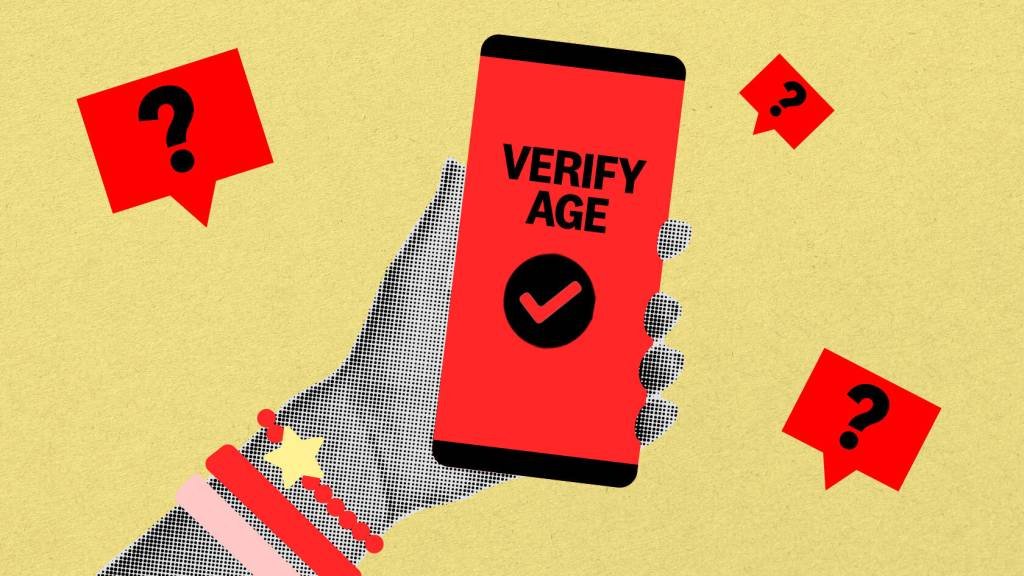Australia’s decision to introduce a teen social media ban has been called a “world-first”.
While there has been global interest, there remains a lot of confusion about how the ban will work and the details of its implementation.
As part of Crikey’s close coverage of the policy, we’ve put together some of the most common questions about the ban to answer what we know, what we don’t know, and what we should expect. We’ll update this to answer new questions and to include new information.
Have a question about the teen social media ban? Or a tip?
Contact Cam Wilson securely via Signal using the username @cmw.69 or send him an email. Confidentiality guaranteed!
What is the teen social media ban?
The Australian federal parliament passed the Online Safety Amendment (Social Media Minimum Age) Bill in November 2024, which forces social media companies to enforce a minimum age for having an account on their platforms.
What does the law do?
The law has two major parts. First, it creates a legal minimum age of 16 for having an account on certain online platforms. This is an increase from an industry de facto age standard of 13.
Second, it requires those online platforms to take “reasonable steps” to enforce this account minimum age in Australia. At the moment, there’s no legal requirement that social media platforms do anything to enforce their existing minimum age rule (if they have one).
What doesn’t the law do?
The law isn’t very prescriptive. It doesn’t say how the ban needs to be enforced or which companies it applies to. Instead, those decisions will be figured out before the ban kicks in later this year.
Why is Australia doing this?
Here’s what the government has said about the overwhelmingly popular policy:
“This is about protecting young people — not punishing or isolating them — and letting parents know we’re in their corner when it comes to supporting their children’s health and wellbeing,” then communication minister Michelle Rowland said in the bill’s second reading.
“We know social media is causing social harm, and it is taking kids away from real friends and real experiences,” Prime Minister Anthony Albanese said when first announcing the policy.
What’s the criticism of the ban?
Experts have questioned the evidence supporting the benefits of raising the minimum age for social media use and whether it could even backfire. On the law itself, there has been criticism of the chaotic nature of the legislation’s development and its odd construction.
Which social media platforms will be included?
We don’t know yet. The law applies to “age-restricted social media platforms”, a term that has a broad definition. When introducing the bill into parliament, Rowland said the ban “will include TikTok, Facebook, Snapchat, Reddit, Instagram, X (formerly Twitter), among others.”
The communications minister has the final say over which services will come under the ban. The minister, now Anika Wells, is set to publish a set of legally binding rules that can specify which platforms will and won’t be included.
What about YouTube?
Again, we don’t know for sure yet. Initially, the government said YouTube would be excluded. It even made a specific carve-out for YouTube in a draft set of the rules — the only excluded online service mentioned by name.
But that might change. The eSafety commissioner has called on the government to include Google’s video platform in the ban, and Anika Wells will reportedly accept that recommendation.
Does that mean teens won’t be able to access these platforms?
No. A common misperception is that this law tries to ban all access; the law is about people having an account. The ban has nothing to say about a seven-year-old child watching YouTube.
Many of these services are still mostly functional without an account. You can browse YouTube, TikTok and Reddit without ever needing to log in. Some of those platforms — TikTok and YouTube Shorts — even have many of the design features like algorithmic recommendations that teen social media ban advocates are trying to address with this ban.
Who needs to enforce the ban?
The chosen social media companies are compelled to take “reasonable steps” to prevent anyone under 16 from having an account. These companies face fines of up to $49.5 million if they fail to do so. Neither teens nor parents who flout the ban will face any penalties.
What are “reasonable steps”?
Great question! There’s no checklist of things the social media companies need to do to enforce the ban. When the government says it’s putting the onus on tech companies to stop teens from creating and using accounts on their platforms, it’s also giving them the responsibility of figuring out how to do it.
These companies won’t be completely in the dark. The law gives the eSafety commissioner, Inman Grant, the job of coming up with “guidelines”. These are explicitly not legally binding regulations or legislative instruments. Grant has made clear they will be more like principles than prescriptive requirements.
Do we know what the eSafety commissioner’s guidelines will be like?
Inman Grant says she expects social media platforms will need to use a combination of technologies and methods to check users’ ages.
What are those technologies? (What is age assurance, age estimation, age analysis, age inference, age verification, etc?)
There’s a burgeoning field of technologies and products used to determine someone’s age online. Broadly grouped under the term “age assurance”, it covers everything from services that verify your driver’s licence, to analysis of facial features, to algorithms analysing your social media accounts for signals about your age.
There are various sub-terms like age estimation (guessing your age based on biological or behavioural factors), age inference (figuring out that someone is in a certain age range, like being over 18 or not), but these terms are often used interchangeably.
The term “age verification” isn’t used as much anymore, as many popular methods won’t 100% “verify” someone’s age as much as they estimate or infer.
Will this only affect teens?
No, this policy will affect every Australian who goes online.
Think about it. If you want to treat a certain group of users differently, you need to figure out if a user is in that group or not. In this case, you need to check the age of everyone before you know who is and isn’t a kid. So adults, too, will be required to do tasks such as handing over their passport, scanning their face, or taking other steps to prove they shouldn’t be banned. That’s why the teen social media ban is also a national online age verification scheme.
How well do these technologies work?
Another great question! The government has commissioned a trial of these technologies in the Australian context to inform, among other things, the implementation of the teen social media ban.
The trial hasn’t yet published its results, though it did make some “preliminary findings” that claim that the technologies work. So basically we still don’t know how well they work.
That being said, many of the platforms that will be included in the ban already use these technologies in some fashion. The question is whether existing use and effectiveness will meet the expectations of the government.
Will kids get around it? What’s about VPNs, accessing other people’s accounts, and other circumvention methods?
Everyone agrees kids are going to get around the ban.
Even before the law was passed, Anthony Albanese admitted, “We don’t pretend that this will mean there isn’t some getting around it.” As we get closer to the ban’s implementation, figures like the eSafety commissioner and communications minister have increasingly tried to temper expectations that it’s a rock-solid ban.
At the same time, the government also wants the law to create “friction” to stop some Australians under 16 from having social media accounts.
The key unanswered question is: what is the government’s expectation for how many kids will circumvent the ban? Is it happy if one in 10 kids finds a way to log into TikTok? A third? This is important because it will dictate the ways that social media companies will enforce the ban.
How will we know if the ban is working?
At the moment, there’s no public criteria for benchmarking the success of the teen social media ban. Given the numerous rationales for the law and the complexity of measuring children’s welfare, understanding its impact will be challenging.
The eSafety commissioner says she is “conducting a thorough evaluation to understand the impacts of the legislation” and has assembled a group of Australian and international academics who will be assessing it. We know that they’ve been chosen and have met, but they have not yet been announced.
What still needs to be done before the ban kicks in?
There are a few milestones that will happen before the ban begins:
- The government’s age assurance technology trial says it will give the full report to the government before the end of July. Its director, Tony Allen, suggested this report will be made public in August. This remains to be seen.
- The privacy commissioner must advise the communications minister about what kinds of information tech companies will not be able to collect while enforcing the ban.
- The communications minister will publish legally binding “online safety rules” that will dictate which platforms will be included in the ban.
- The eSafety commissioner needs to publish the guidelines for the reasonable steps it expects the social media companies to take.
When does it kick in?
The ban is supposed to kick in no later than a year after it became law, which was on December 10, 2024.
The government is saying it’s not a ban, but a delay or minimum age requirement?
Please. It’s a ban.

